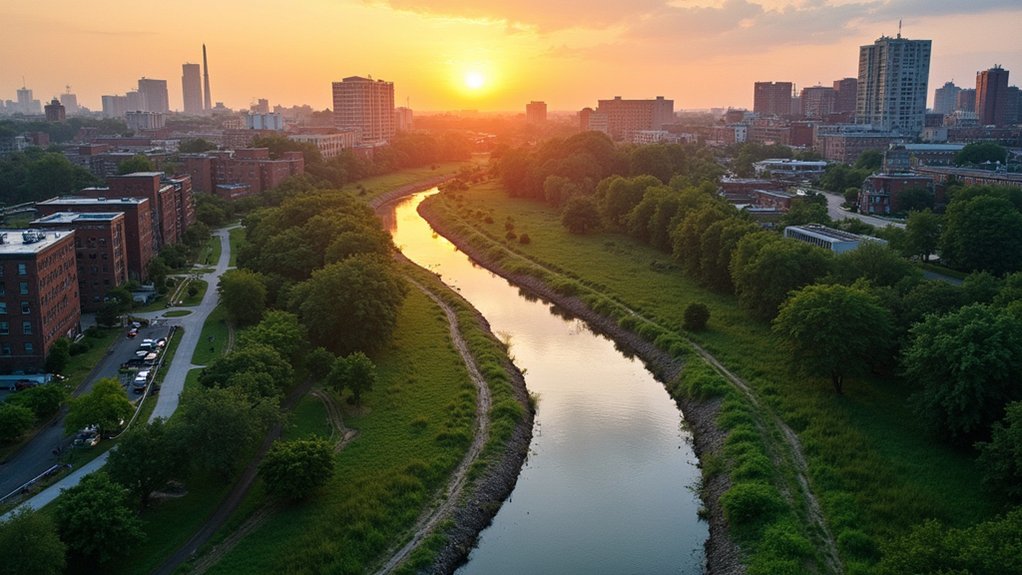Urban biketopias emerge when cities deliberately limit car access in specific zones. Portland, Oregon leads this movement with car-restricted areas that promote cycling. These transformations reduce pollution, ease traffic congestion, and improve public health through increased physical activity. Creating biketopias requires significant infrastructure changes and stakeholder debates to balance the needs of all travelers. Cities worldwide are adopting similar models as they shift toward more sustainable transportation systems. The future of urban mobility awaits.
What would cities look like if cars were no longer the main form of transportation?
Across the world, urban planners and city officials are working to answer this question by creating “Urban Biketopias” – areas where bicycles, not cars, rule the road.
These car-free or car-restricted zones aim to improve quality of life, reduce pollution, and make Portland, Oregon stands as a shining example with the largest cyclist population per capita in the United States. Creating these urban spaces often requires vigorous debates between stakeholders to develop the most effective implementation strategies.








